 When the image of this Hawaiian quilt popped up in my in-box in late January, it was comparable to a much-needed dollop of sunshine. Between the radiant yellow and the floral imagery, it felt like a bit of warmth in the midst of a stretch of frozen days. You can read about the quilt in the June 2009 issue of American Patchwork and Quilting. In order to write about it I once again I interviewed Carolyn Ducey at the International Quilt Study Center (there's a great story about the center in the same issue of APQ—it's on newsstands now) and had another opportunity to learn about quilts of another culture.
When the image of this Hawaiian quilt popped up in my in-box in late January, it was comparable to a much-needed dollop of sunshine. Between the radiant yellow and the floral imagery, it felt like a bit of warmth in the midst of a stretch of frozen days. You can read about the quilt in the June 2009 issue of American Patchwork and Quilting. In order to write about it I once again I interviewed Carolyn Ducey at the International Quilt Study Center (there's a great story about the center in the same issue of APQ—it's on newsstands now) and had another opportunity to learn about quilts of another culture. I've vacationed twice in Hawaii, and although I wasn't a quilter at the time, I did go to a quilt shop and purchase fabric (the surfer prints that reminded me of my Southern California youth). It was then that I was first captivated by the Hawaiian quilts.
According to Carolyn, Hawaiians didn't have access to cotton fabric before the mid-1800s, when it arrived with the missionaries. The islanders used the inner bark of trees to make a cloth called kappa moe, on which they painted images that were often inspired by nature. (Hawaiians combined that tradition with the making of quilts, by using some of the same imagery.) Carolyn pointed out that the appliqued image on these quilts is cut from a single piece of fabric.
 One theory of Hawaiian quilt origins is that German missionaries brought the tradition of scherenschnitte—intricate paper cutting—with them, and may have brought some scherenschnitte-inspired quilts, as well. The Hawaiians adapted the technique to their own purposes, creating quilts that reflected both the natural world and human life in Hawaii. There's a great link, the Honolulu's Bishop Museum's Ethonology web site, that has images of some of the Hawaiian quilts in their collection. Check it out.
One theory of Hawaiian quilt origins is that German missionaries brought the tradition of scherenschnitte—intricate paper cutting—with them, and may have brought some scherenschnitte-inspired quilts, as well. The Hawaiians adapted the technique to their own purposes, creating quilts that reflected both the natural world and human life in Hawaii. There's a great link, the Honolulu's Bishop Museum's Ethonology web site, that has images of some of the Hawaiian quilts in their collection. Check it out.

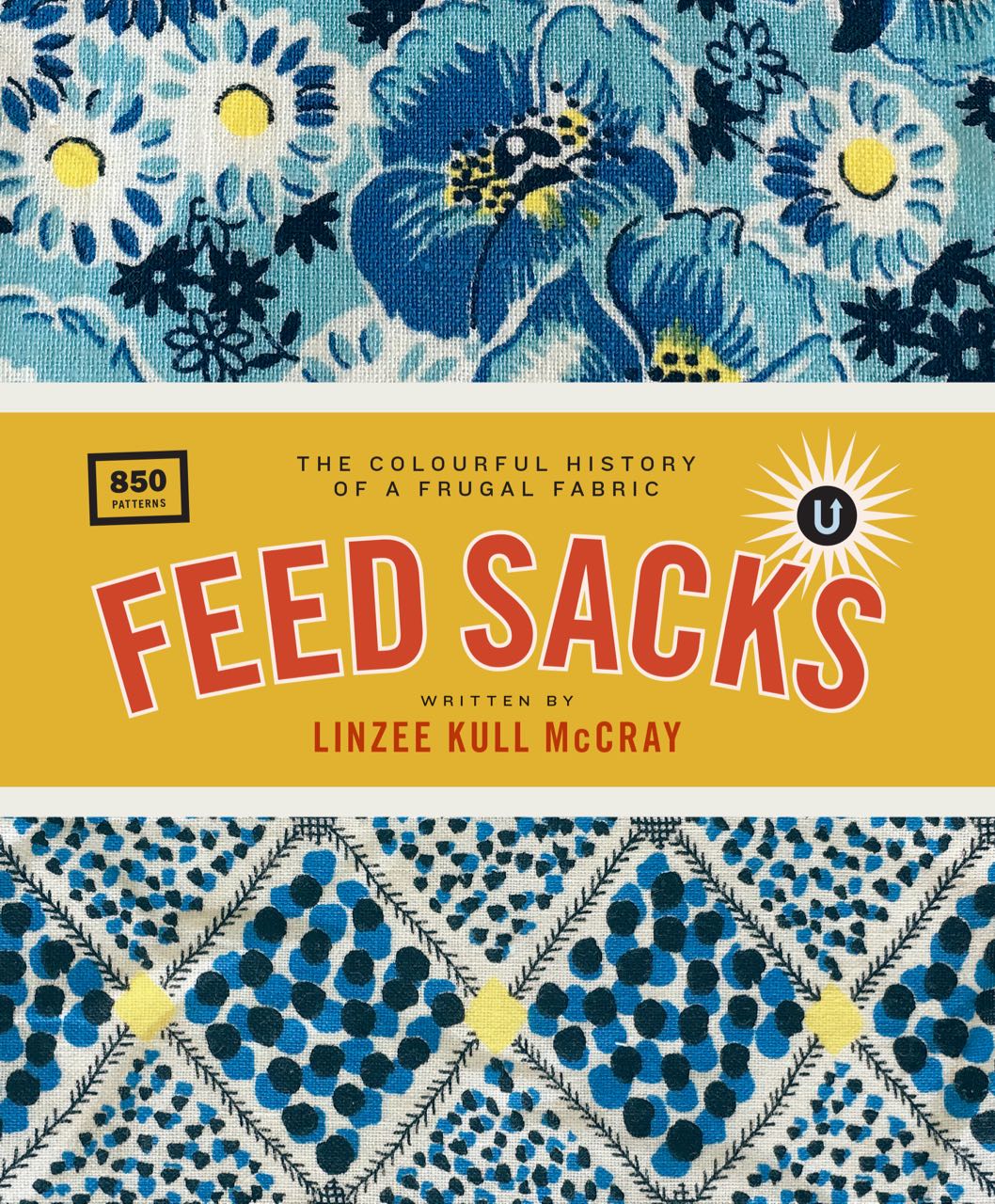
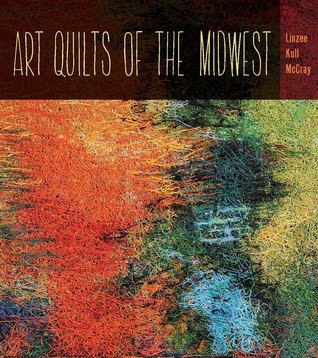

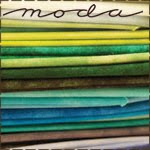
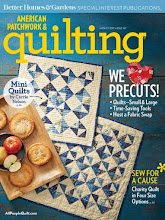



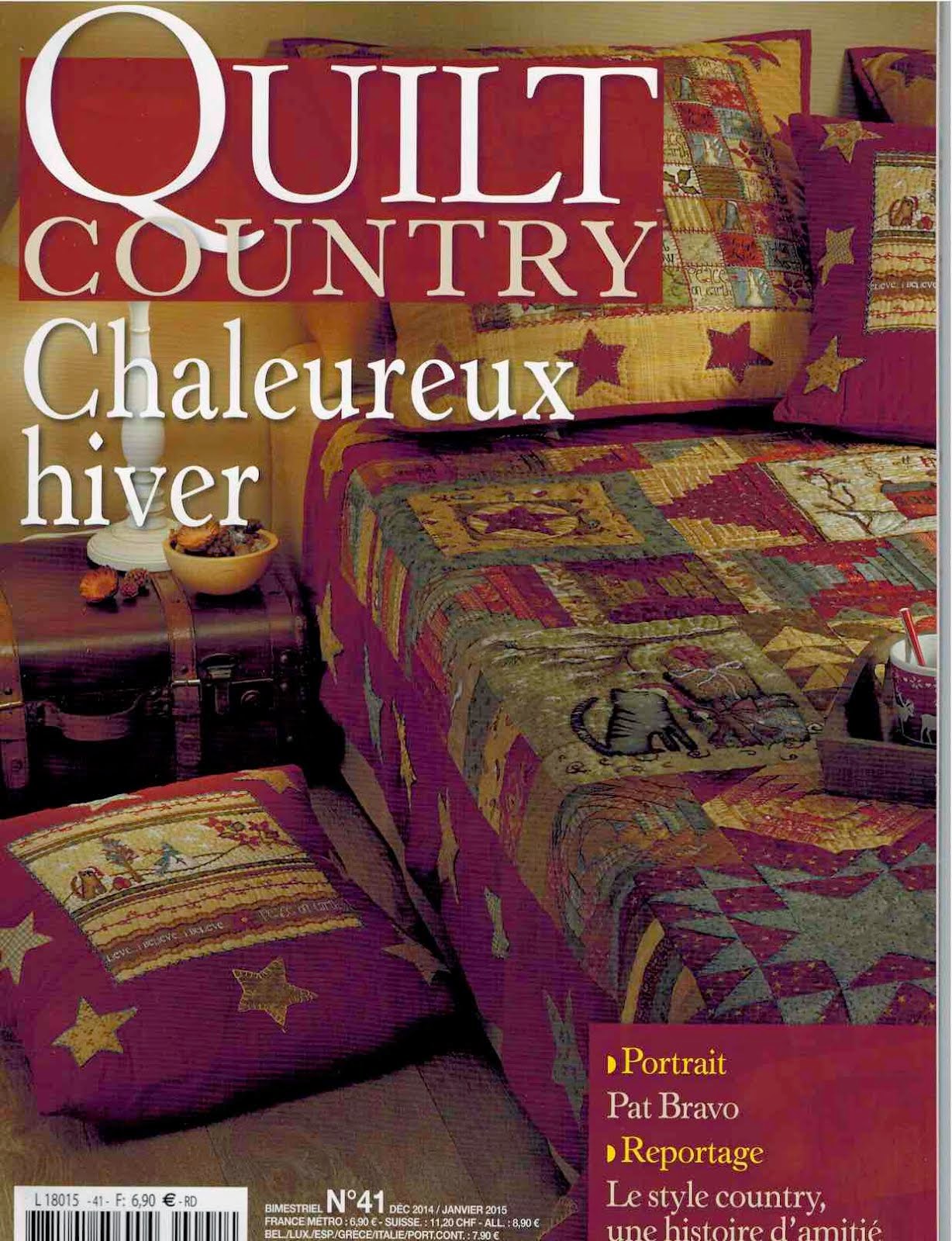
No comments:
Post a Comment